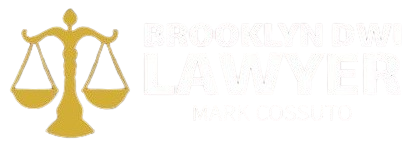Driving under the influence of alcohol is a serious offense in every state, including New York. The state has set specific limits on the amount of alcohol a person can have in their system while operating a vehicle. This article delves into the legal limit on breathalyzers in New York and provides insights into the consequences of exceeding this limit.
Understanding Blood Alcohol Concentration (BAC)
Blood Alcohol Concentration (BAC) is a measure of the amount of alcohol present in a person’s bloodstream. It is expressed as a percentage and is used to determine whether a person is legally intoxicated. The higher the BAC, the more impaired a person is likely to be.
- Breathalyzer Test: This is a device used to estimate a person’s BAC from a breath sample.
- Blood Test: Directly measures the amount of alcohol in the bloodstream.
- Urine Test: Less common, but can also be used to determine alcohol levels.
New York’s Legal Limit
In New York, the legal BAC limit for drivers is:
- 0.08% for standard drivers aged 21 and over.
- 0.04% for commercial drivers.
- 0.02% for drivers under the age of 21.
It’s essential to note that even if your BAC is below the legal limit, you can still be arrested and charged with a DUI if you show signs of impairment.
Factors Affecting BAC
Several factors can influence a person’s BAC, including:
- Weight: Generally, people who weigh more can consume more alcohol before reaching the legal limit.
- Gender: Women typically metabolize alcohol differently than men.
- Rate of Consumption: Drinking alcohol faster than the body can metabolize it will lead to a higher BAC.
- Food: Consuming food can slow the absorption of alcohol, leading to a lower BAC.
- Medications: Some medications can enhance the effects of alcohol.
Consequences of Exceeding the Limit
Driving with a BAC above the legal limit can result in:
- Arrest and criminal charges
- Suspension or revocation of driver’s license
- Fines and court fees
- Mandatory alcohol education programs
- Increased insurance rates
Recent Developments and Statistics
There have been discussions and proposals to lower the BAC limit further to enhance road safety. For instance, some advocates are pushing to reduce the limit from 0.08% to 0.05%. According to studies, a BAC of 0.05% can still result in impaired judgment and slower reaction times.
In 2019, Utah became the first state to lower its BAC limit to 0.05%, resulting in a nearly 20% reduction in drunk driving-related deaths.
Conclusion
Understanding the legal limit on breathalyzers in New York is crucial for anyone who consumes alcohol and plans to drive. It’s always best to err on the side of caution and avoid driving if you’ve consumed any amount of alcohol. Remember, the best BAC when driving is 0.00%.
FAQs
- What is the legal BAC limit for drivers under 21 in New York?
- The legal BAC limit for drivers under 21 is 0.02%.
- Can I refuse a breathalyzer test in New York?
- While you can refuse a breathalyzer test, doing so can result in immediate license suspension and other penalties.
- How accurate are breathalyzer tests?
- While breathalyzers are generally accurate, factors like calibration, the officer’s training, and the presence of certain substances can affect the results.

